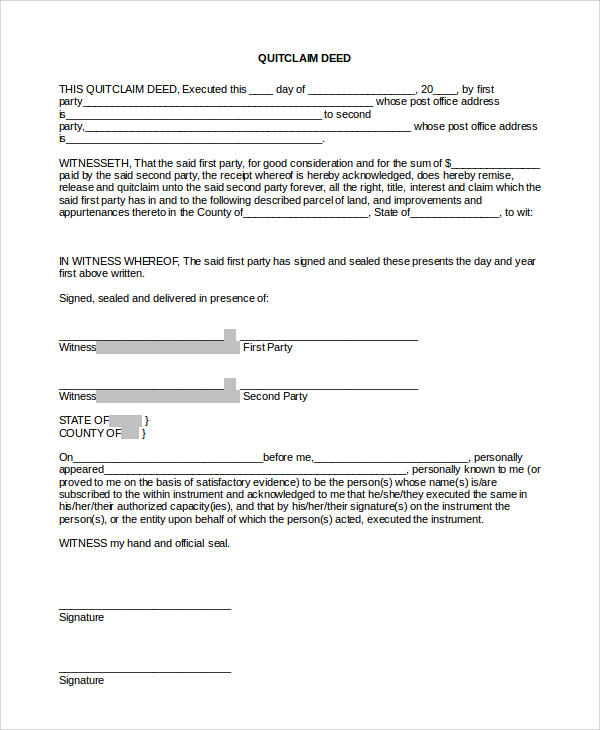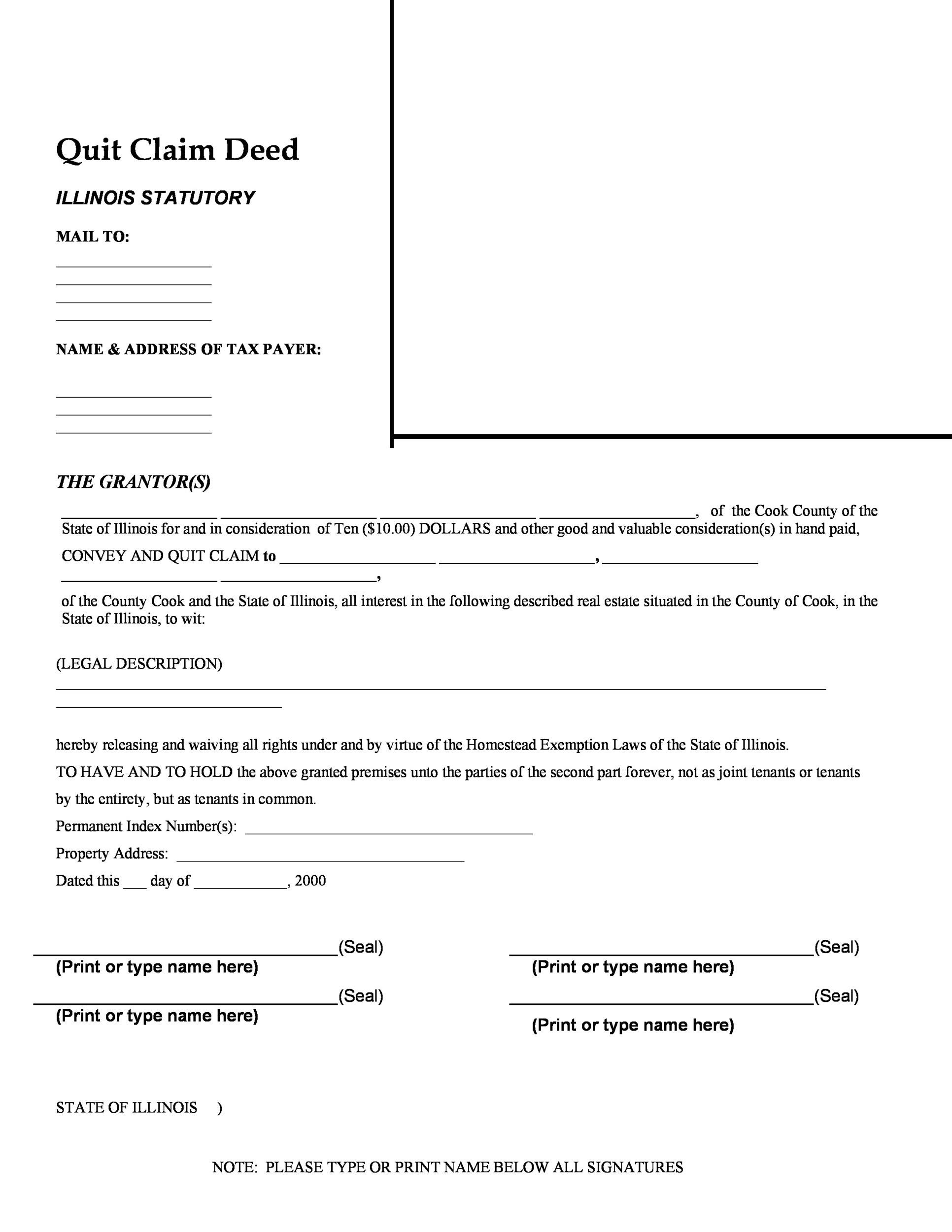
When it comes to transferring property ownership, a quit claim deed form is a legal document that can be used to quickly and easily transfer property rights from one party to another.
This article will provide a comprehensive guide to understanding and using a quit claim deed form.
What is a Quit Claim Deed Form?
A quit claim deed form is a legal document that allows a property owner, known as the grantor, to transfer their ownership rights to another person or entity, known as the grantee. Unlike a warranty deed, a quit claim deed offers no warranties or guarantees about the property’s title. It simply transfers whatever interest the grantor has in the property to the grantee.
Quit claim deeds are commonly used in situations such as transferring property between family members, adding or removing a spouse’s name from a property title during a divorce, or transferring property into a trust. They can also be used to clear up any potential issues with the property’s title.
Why Should You Use a Quit Claim Deed Form?
Using a quit claim deed form offers several advantages. First, it is a cost-effective option compared to hiring an attorney to draft a customized quit claim deed. Second, it provides a standardized format that ensures all necessary information is included in the document. Lastly, it allows both parties to have a clear understanding of their rights and obligations regarding the property transfer.
How to Use a Quit Claim Deed Form
Using a quit claim deed form is a straightforward process. Follow these steps to ensure a smooth property transfer:
- Obtain the form: Start by finding a quit claim deed form that complies with the legal requirements of your state.
- Fill in the details: Input the necessary information, such as the names and addresses of the grantor and grantee, property description, and any relevant terms or conditions.
- Sign and notarize: Both the grantor and grantee must sign the quit claim deed form in the presence of a notary public. This step ensures the document’s validity.
- Record the deed: File the completed and notarized quit claim deed form with the appropriate county or municipal office. This step makes the transfer of ownership official and public record.




Key Considerations When Using a Quit Claim Deed Form
While a quit claim deed form is a relatively simple document, there are a few key considerations to keep in mind:
- Understand the risks: Unlike a warranty deed, a quit claim deed provides no guarantees or warranties about the property’s title. It is essential to be aware of any potential title issues before using a quit claim deed.
- Consult with professionals: If you have any doubts or concerns, it is advisable to consult with a real estate attorney or a title company to ensure a smooth and legally sound property transfer.
- Follow state-specific requirements: Each state has its specific requirements for quitclaim deeds. It is crucial to familiarize yourself with these requirements to avoid any potential legal issues.
Bottom Line
Using a quit claim deed form is a convenient and cost-effective way to transfer property ownership. By following the necessary steps and considering the key considerations outlined in this guide, you can ensure a smooth and legally sound property transfer process. Remember to consult with professionals and familiarize yourself with your state-specific requirements to avoid any potential issues. With the help of quit claim deed forms, property transfers can be simplified and hassle-free.
Quit Claim Deed Form – Download